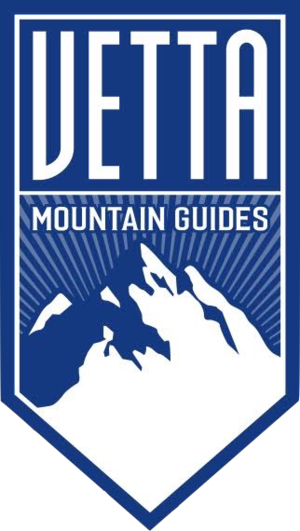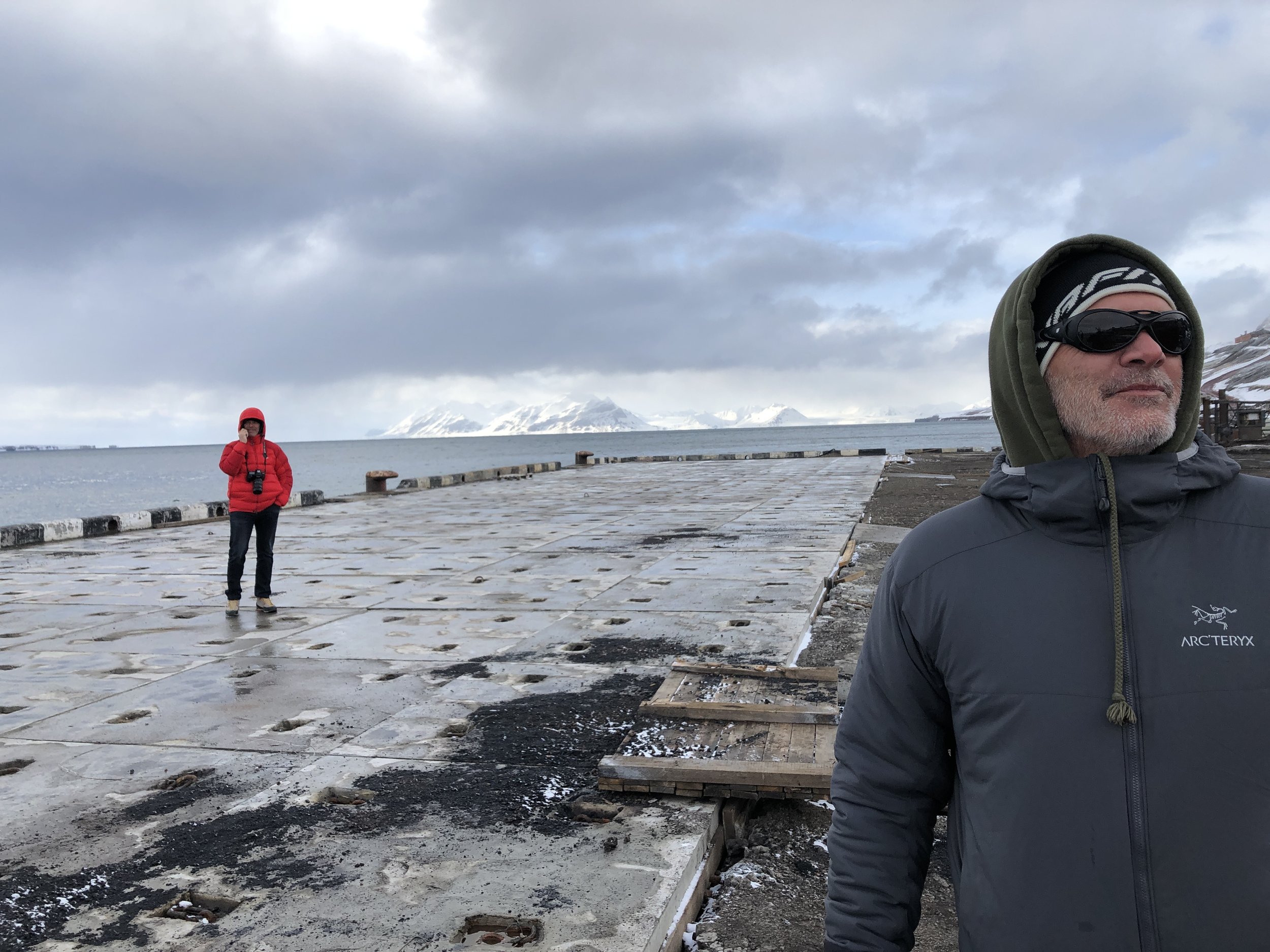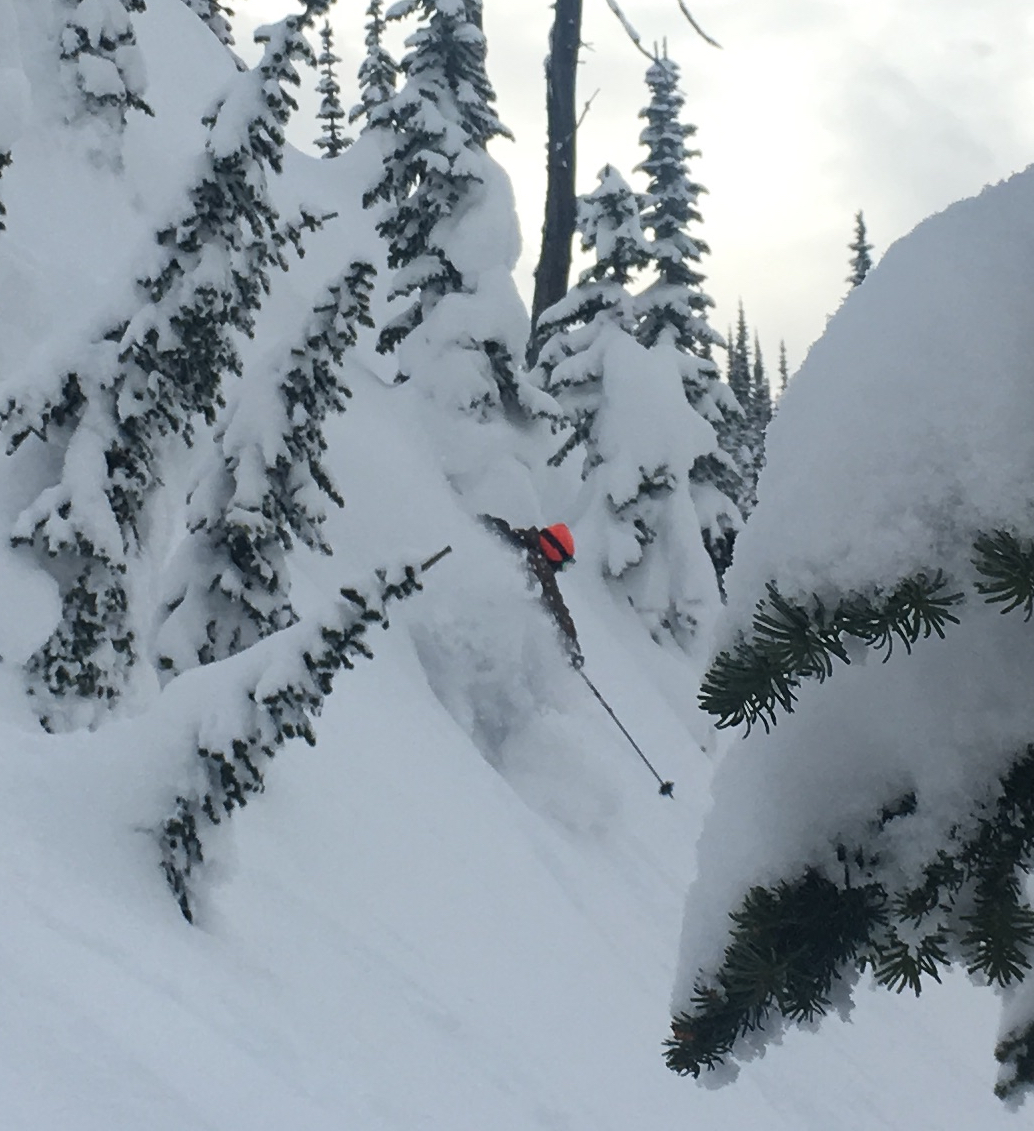Preparing for a trip to Svalbard, especially sailboat skiing, requires a bit more thought than a trip to a less exotic location.
Oslo or Stockholm on the Way to Svalbard
First off, you’ll want to be a bit strategic about your travel plans. If you’re coming from Europe, then the time zone changes won’t affect you much, if at all. Traveling from North America presents a bit more of a hassle, but one you can manage with some planning. Think about spending an extra day or two in Oslo or Stockholm — they’re both fantastic cities and you might decide on which to visit based upon your flight to Longyear, the capital town on Svalbard. At the moment, only SAS and Norwegian Air fly to Longyearbyen, so depending upon which airline has a better price or itinerary, you might go through Oslo (if you’re flying Norwegian Air) or Stockholm (if SAS proves a better fit).
Wherever you decide, you might consider an extra day there, to let bags catch up to you if they’re misplaced in transit and/or to spend a day shifting over to a new time zone. The Viking museum in Oslo is supposed to be fantastic (it’s newly renovated), as is the Munsch museum. Stockholm has a million things to do, as well.
Oslo’s harbor, with a beautiful public museum, restaurants, and open spaces
To Longyear
Heading directly to Longyear can be fun, too — it leaves you some extra time to explore and check out other activities, too — like dog mushing, the Polar Museum, the world’s northernmost chocolatier, and more.
Remember, once on Svalbard, it will be 24 hours of daylight in May. A comfortable eye shade makes sense and as with any ski trip, ear plugs are a good idea, too. We work on a fabulous boat — the Noorderlicht — for our sailboat skiing trips, so remember toiletries and a compact towel for showers. A hot shower every evening makes all the difference!
Gear
Each year it seems like a handful of skiers decides to take a cold plunge on one of the last days of the voyage. A swimsuit makes this doable, so remember one if you’re willing to dive into nearly freezing Arctic waters. The science says a cold plunge is good for you, but man … it sure does look … uh, well, cold.
Most guests choose a narrower ski than they might mid-winter, so a 90-ish-millimeter ski works great. It’s typically spring conditions on Svalbard in May, so skin wax helps quite a bit, too. Remember you’ll be ski touring beside the ocean and the humidity can make it feel colder than it is. Sailing in the evenings, too, standing topside can be downright frigid with the wind, humidity, and temps. Bring a good puffy jacket!
The Arctic is warming — it’s an unfortunate reality. Rain becomes a possibility in spring, which is not only a drag for the skiing, but if it refreezes, travel can become tricky. Ski crampons, for this reason, are essential for any ski-and-sail mission to Svalbard.
Exploring Barentsburg during a chilly evening, 2019
You’ll need comfortable boat shoes (wool slippers seem to work great) while on board, and some “hang out” clothing, too. Whatever keeps you comfortable at home will work for the boat. The Noorderlicht stays plenty warm, so light sweats, a hoody, anything works.
As always, we’re happy to chat about gear and preparations, so don’t hesitate to reach out. We’re as psyched as you are for a Svalbard trip, so get in touch and we’ll be sailboat skiing together soon!





























